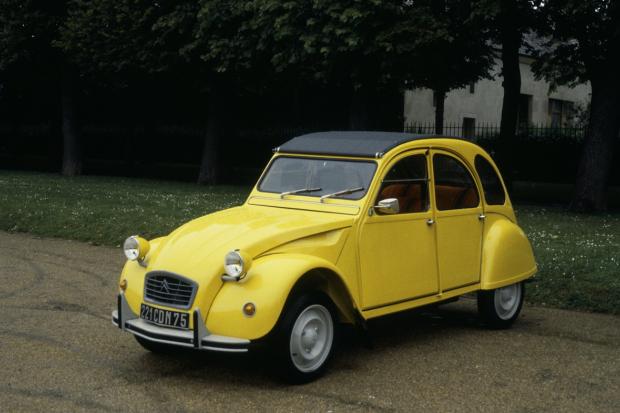
Simplicity should not mean mediocrity and few cars encapsulate this premise quite like the Citroën 2CV.
Development began in 1936, but the model was not launched until 1948 and helped to get a post-war France moving again.
Pierre-Jules Boulanger’s exacting brief demanded that the 2CV could carry two farmers up front, plus a 50kg bag of spuds and a basket of eggs in the back – without breaking any of them – over a ploughed field, while doing 90mpg.

Despite its agricultural nature, there were plenty of clever bits to the Citroën.
Excellent fuel economy – 50mpg or so – was delivered thanks to an air-cooled flat-twin that was designed by Talbot-Lago’s former chief engineer, Walter Becchia.
It featured one-piece conrods with sleeve bearings fitted to a pre-shrunk crankshaft during assembly, which helped to make the unit both strong and compact.
The result was an engine that could run flat-out for 100 hours without damage.

The eggs, meanwhile, were well catered for by all-independent interconnected suspension, with pivoting leading and trailing arms, which meant that the rear end would be primed for bumps by the preceding deflection of the front wheels.





